Can Smell Be a Work of Art?
Scent artist Sissel Tolaas uses chemistry to explore the malodorous, yet beautiful, scent of decay in Central Park
/https://tf-cmsv2-smithsonianmag-media.s3.amazonaws.com/filer/cb/1a/cb1aac08-b13b-4b65-9d54-63d9ca8031f5/triennial_matt_flynn_59.jpg)
Something can look beautiful or sound beautiful, but can it smell beautiful? According to Sissel Tolaas—artist, chemist and smell expert—this is a silly question.
“Of course you can smell something beautiful—beauty is not just something you look at,” she says. “We are equipped with senses to help us navigate and appreciate the world in so many other ways. The nose knows everything long before the eyes.”
The aesthetics of smell has fascinated Sissel for years. Originally from Norway, she has drawn on her studies of math, chemical science and visual art to chisel out a niche of her own between the worlds of art and science: smell design. Using customized smell-collecting tools and a specialized lab, she has created installations that capture smells like “sweat” or “the battlefield,” and provide rich olfactory experiences for gallery goers.
For her latest project, commissioned by the Smithsonian's Cooper Hewitt, National Design Museum for the fifth installment of its Design Triennial, she tackled the scent of Central Park. Tolaas has done location-focused works in the past, capturing the scents of places such as Istanbul and Greenland, and with Manhattan’s most famous park in the Cooper Hewitt’s backyard, it made sense to develop a work based on that area.
But as the theme of this year’s Triennial is “Beauty,” Tolaas sought to play against what she calls “the classic clichés” of the word. When someone tries to imagine a “beautiful smell,” he or she might imagine perfume, fragrant food or some other pleasing scent. But for this show, Tolaas says, “I wanted to show the other side, and look at the beauty of decay.”
To do this, she visited the park not in summer or spring, when the smell of flowers or plant life would be strongest, but in October, aiming to capture the more complex smells of flora as it begins to die. Using a customized way to collect scent molecules from the original smell source (what Tolaas describes as something akin to a “super-fine vacuum cleaner”), she spent about a week walking through Central Park gathering and sampling all different smells from the 1.3-square-mile expanse.
Once these samples were gathered, she brought them back to her “Re_Search Lab” in Berlin, where she and a team of researchers and developers break down and analyze the individual molecules, drawing out data on the types and quantity Tolaas collected. This lab, supported by chemical manufacturer International Flavours & Fragrances Inc., is where the artist has done much of her work since 2004, and contains her “smell archive” of more than 7,000 scents, captured within rows of airtight jars.
After analyzing the scent molecules of different elements from within Central Park, Tolaas reproduced them as closely as possible, using a “microencapsulation” process, containing them inside tiny capsules. She then mixed them with a latex-based binder, creating a special paint which was applied to the wall of the Cooper Hewitt, which can be activated by touch.
When visitors go to the wall that has been painted with the special paint, just by touching the wall they are able to break the capsules open and release the scent: a scientifically advanced scratch-and-sniff sticker.
“You will see a number of visitors with their noses pressed up against the wall,” says Andrea Lipps, assistant curator at Cooper Hewitt, and one of the organizers of the Triennial, adding that scratching different parts of the wall releases different scents from throughout the park.
Tolaas is just one of 63 designers whose work is included as part of the Triennial. The more than 250 works on display over much of the Cooper Hewitt’s two floors, are divided into themes, such as “Extravagant” (which includes the brightly colored gowns of Giambattista Valli and striking hairstyles of hair artist Guido Palau), “Transgressive” (including the animal headpieces of Ana Rajcevic and the “Wrinkles” jewelry series of Noa Zilberman), and “Elemental” (counting Yeongkyu Yoo’s World Clock of 24 time zones and Formafantasma’s lava sculptures among its works). Tolaas’ work is included as part of the “Ethereal” category of works.
In addition to the scent wall, the installation includes a model of Tolaas’ lab that shows her process for researching and mixing, along with a sampling of more than a dozen isolated smell components, contained in small bottles, set back in a small niche separate from the main wall.
“You see that it is really a scientific process with molecules in a very sterile context,” adds Lipps. “The exhibition itself is trying to challenge visitors to approach design and experiences with objects with much more sensitivity.”
A map accompanies these, showing where Tolaas gathered each component. Isolating these allows visitors to appreciate how the scent came together and appreciate its complexity.
“It’s all about heightening our experience,” says Lipps. “She talks about our body as the hardware, and our senses are our software, and what she is trying to do is sensitize us to use much more of our senses than just our eyes.”
Tolaas hopes that experiences with her work will help visitors to better see, and smell, that scents can be as “beautiful” as any work of visual art.
“By using your nose you understand things much deeper,” she says. “By using your nose for that purpose you understand things more fundamentally, and you never forget—smell memory is the most efficient way to memorize things.”
“Beauty—Cooper Hewitt Design Triennial,” is on view through Aug. 21, 2016 at the Cooper Hewitt, Smithsonian Design Museum, at 2 East 91st Street in New York City.
/https://tf-cmsv2-smithsonianmag-media.s3.amazonaws.com/accounts/headshot/Alex_Palmer_lowres.jpg)
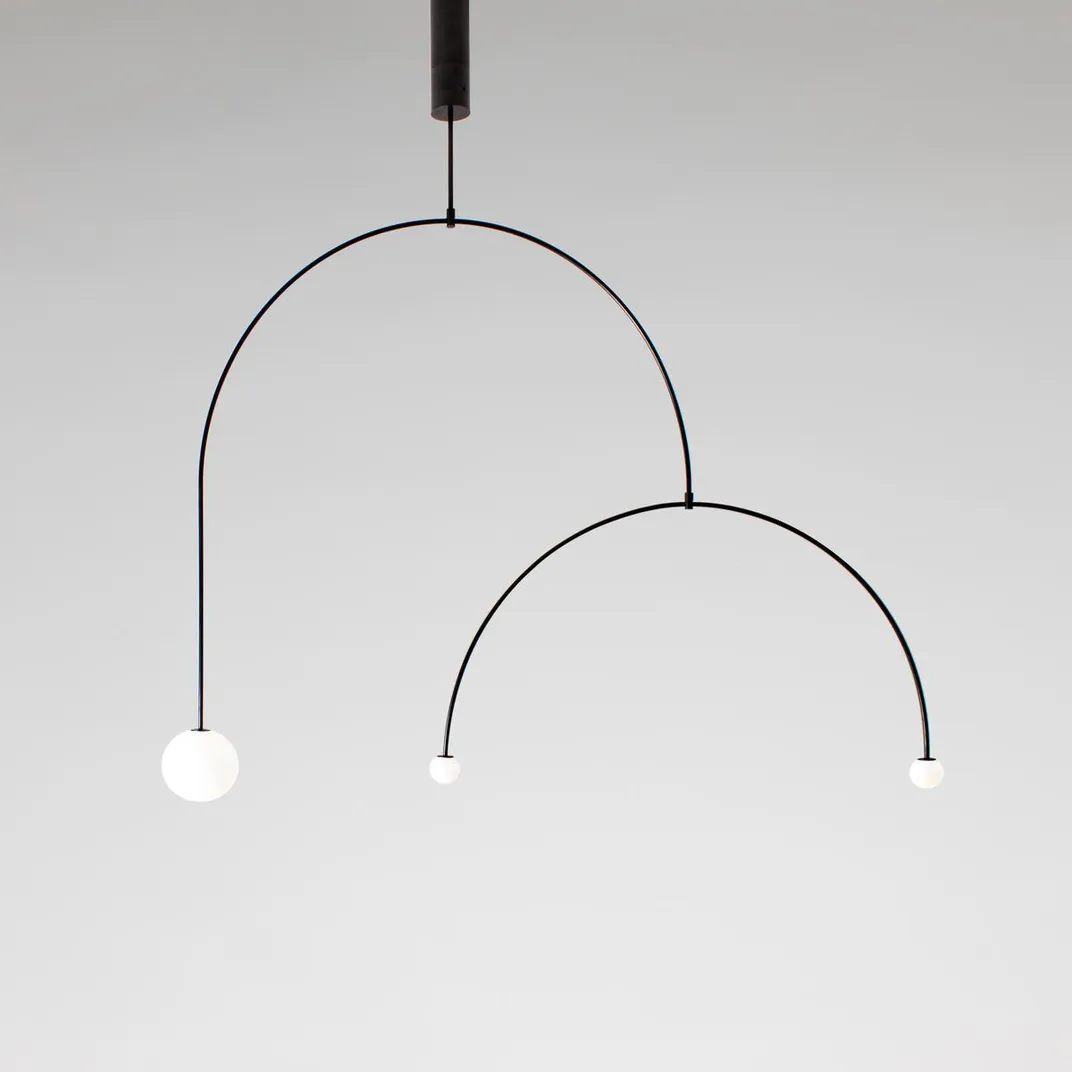
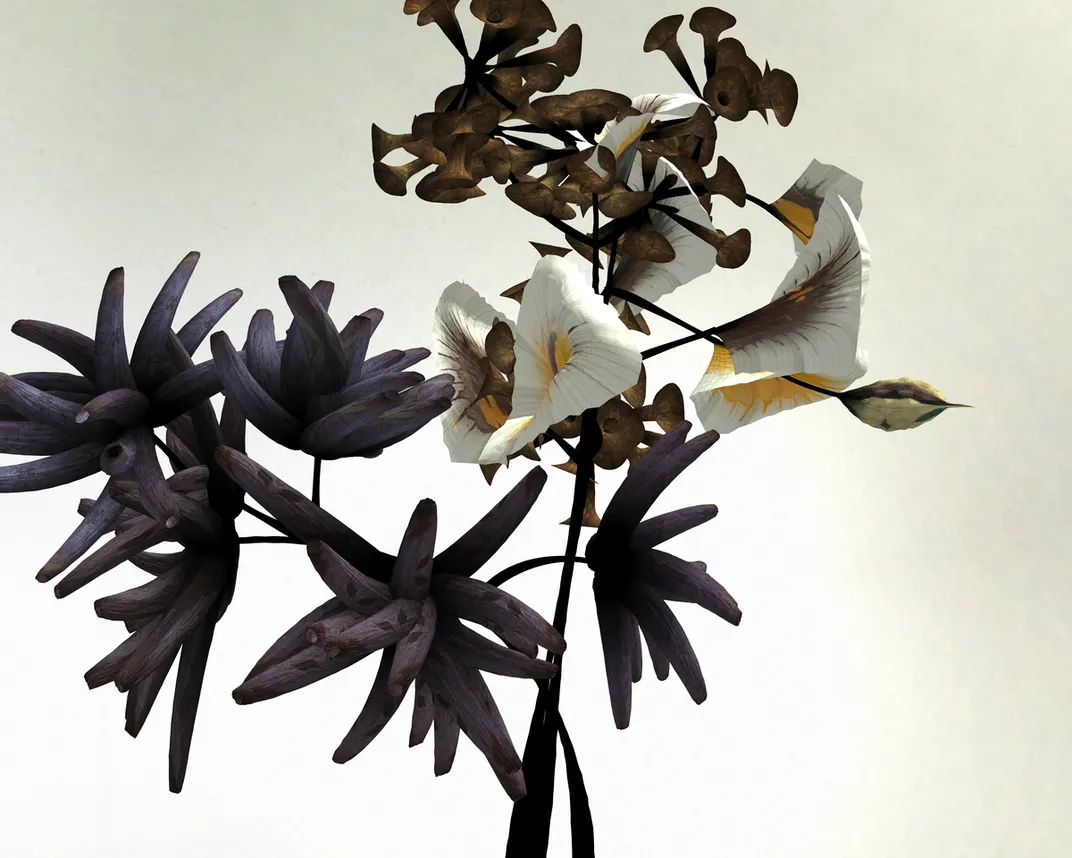
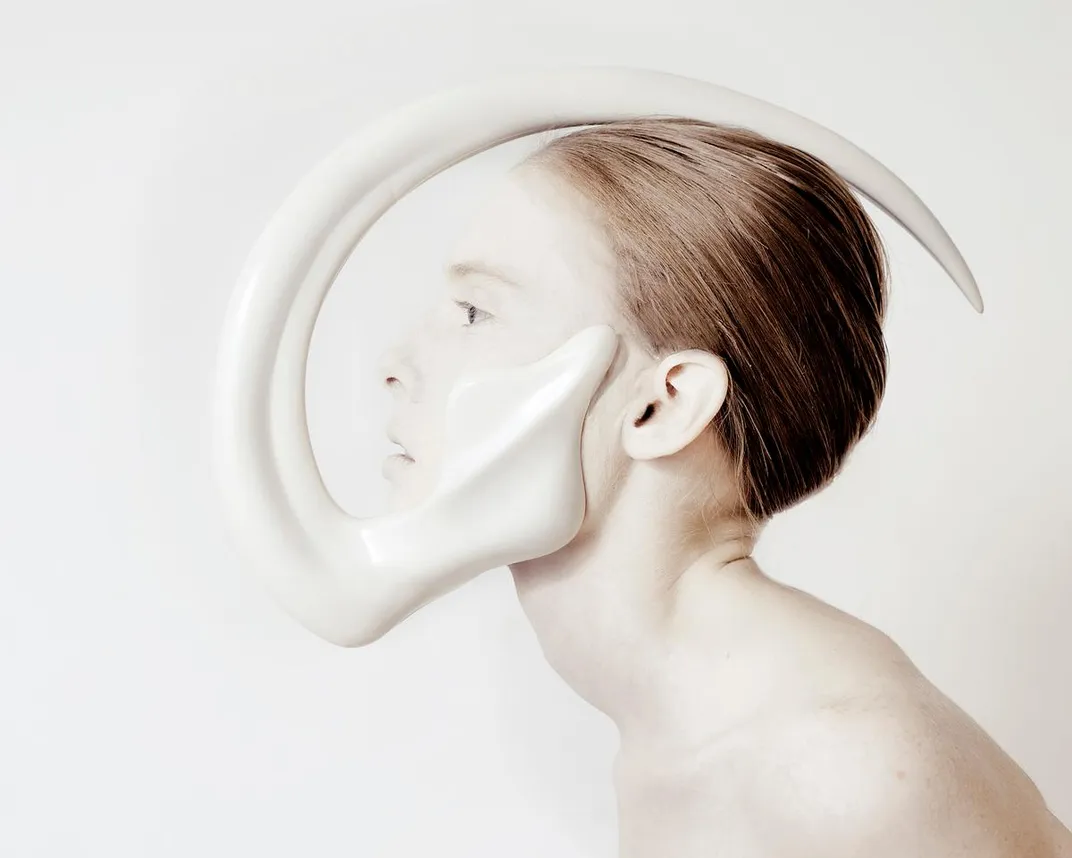
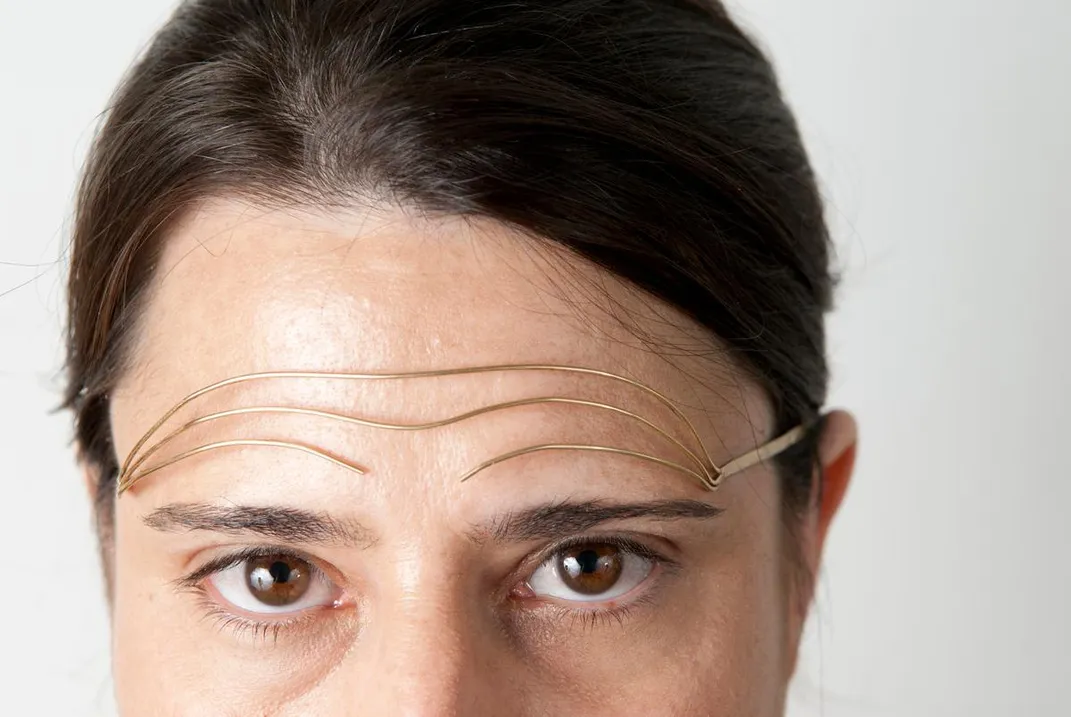
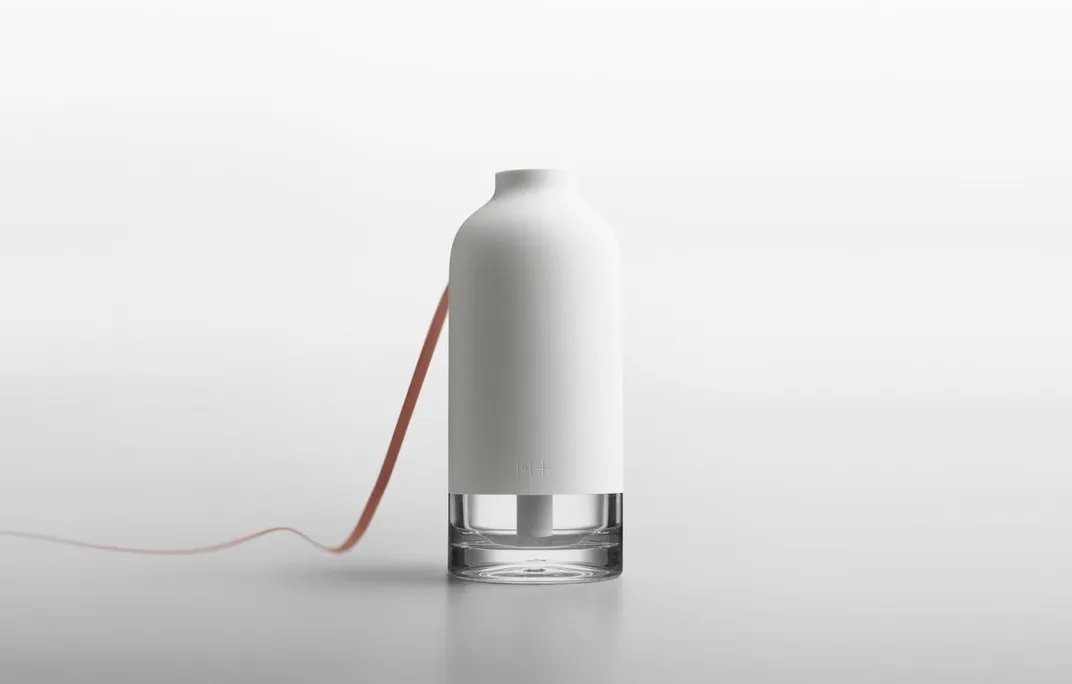
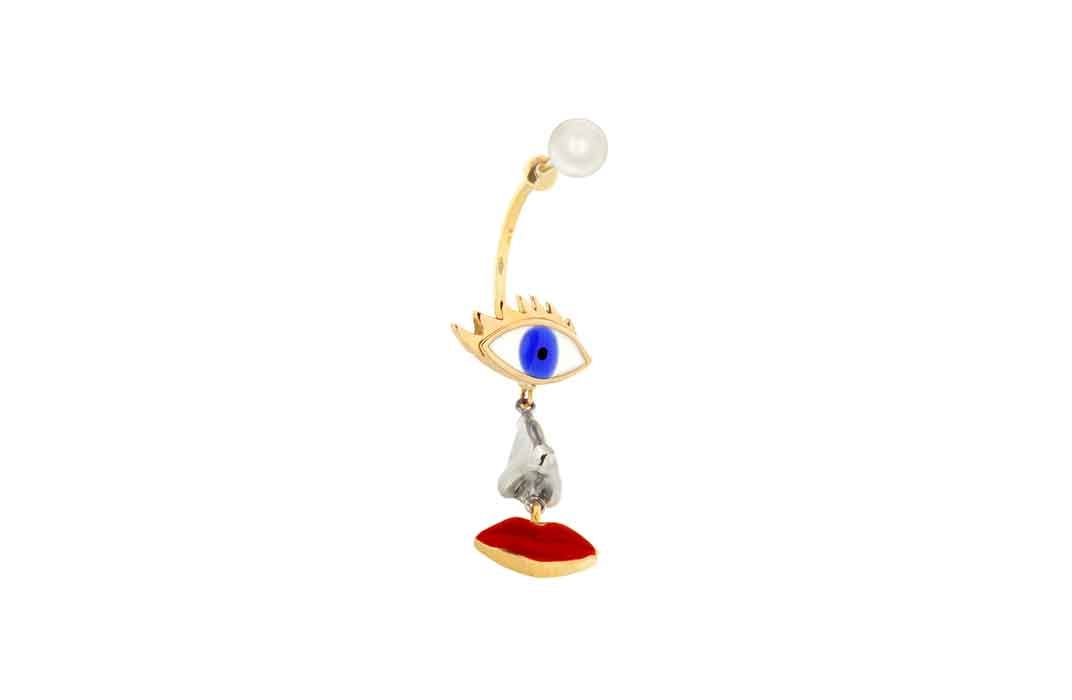
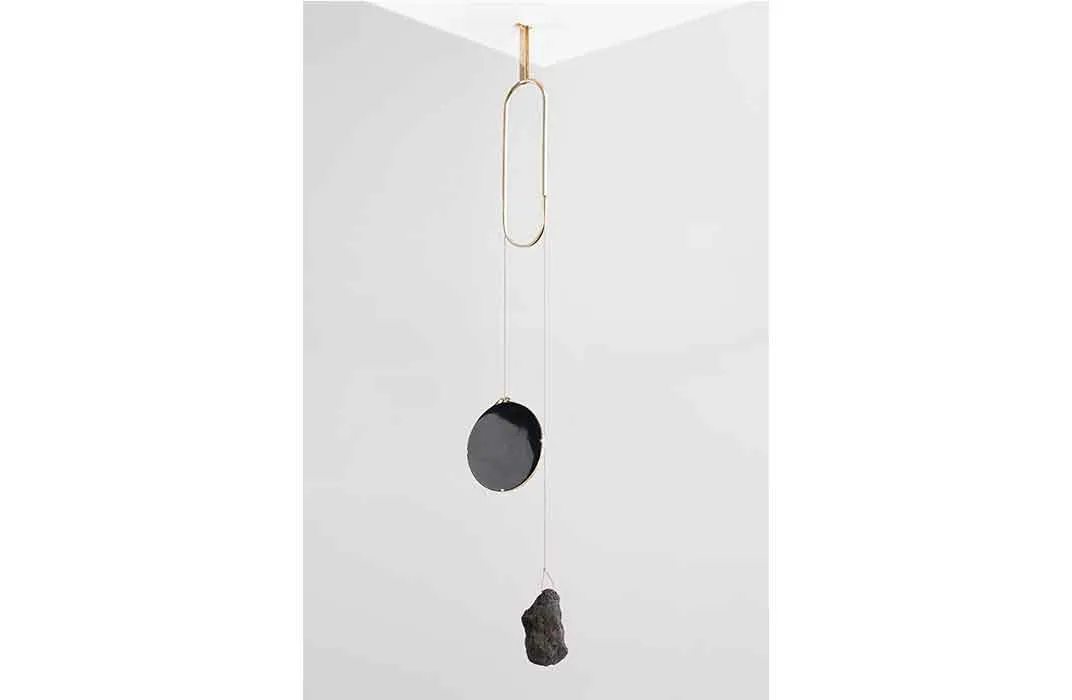
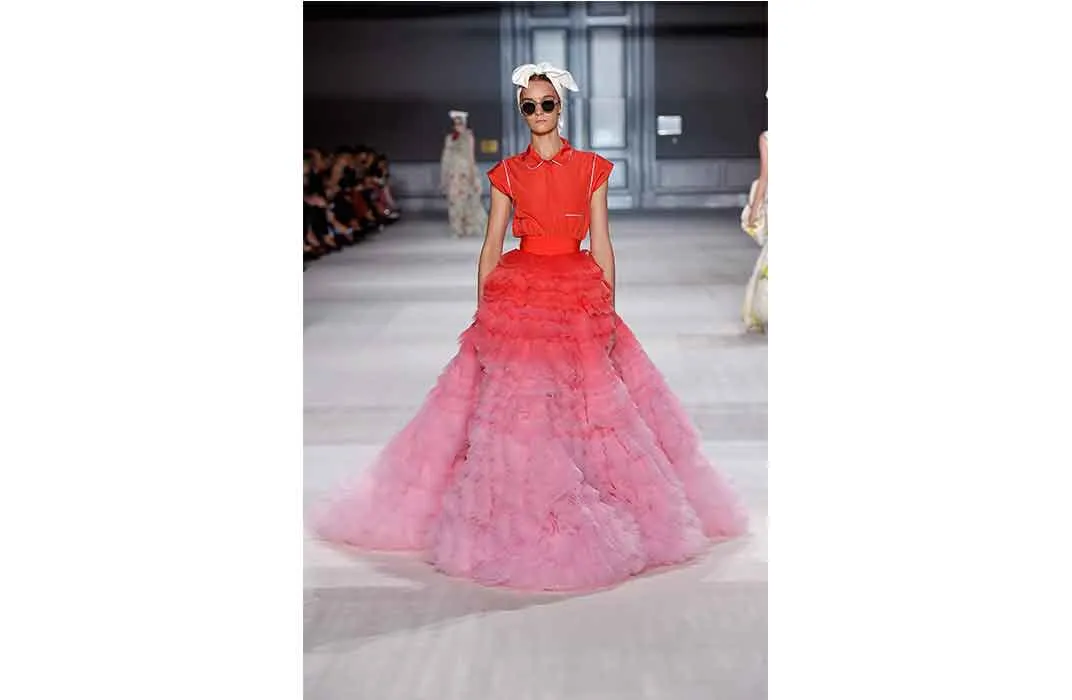
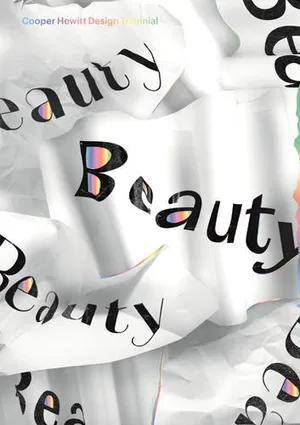
/https://tf-cmsv2-smithsonianmag-media.s3.amazonaws.com/accounts/headshot/Alex_Palmer_lowres.jpg)